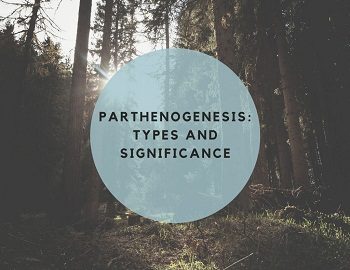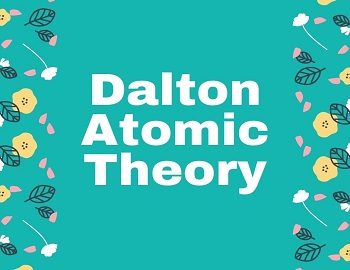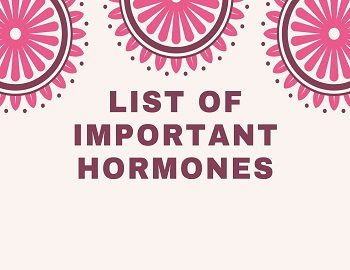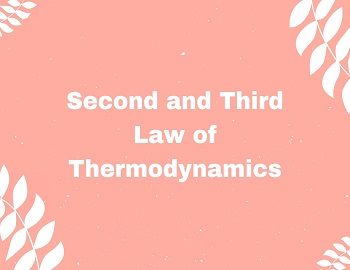Table of Contents
What is Parthenogenesis?
- The term parthenogenesis was coined by Richard Owen.
- It is also called Virgin Birth or Apomixis.
- It is the special form of reproduction where an unfertilized egg is directly developed into a fully formed haploid animal. The young ones produced by this process of parthenogenesis are called parthenotes and it maintains the uniparental inheritance.
- Parthenogenesis was discovered in animals by Charles Bonnet in 1745.
Types of Parthenogenesis:
Parthenogenesis is of two main types- natural and artificial.
Natural Parthenogenesis:
In certain animals, parthenogenesis occurs regularly, constantly, and naturally in their life cycles and is known as the natural parthenogenesis. It is further of three subtypes- complete, incomplete, and paedogenetic.
Complete Parthenogenesis:
Certain insects have no sexual phase and no males. They depend exclusively on parthenogenesis for self-reproduction. This type of parthenogenesis is known as complete parthenogenesis or obligatory parthenogenesis. It is found in some species of bdelloid rotifers, grasshoppers, Lacerta Saxicola Armeniaca (caucasian rock lizard), cockroaches, salamanders, Typhlina Brahmina, etc.
Incomplete Parthenogenesis:
It is found in those animals in which both sexual reproduction and parthenogenesis occur. It is also called cyclic parthenogenesis. Example- Honey Bee, Aphid, Turkey bird, Wasp, and Ants.
- In Honey Bee, drone or male develops parthenogenetically, i.e., from the unfertilized egg while queen and workers develop from fertilized eggs.
- In Aphids, several generations of parthenogenetic females develop followed by the formation of both male and female to perform sexual reproduction.
- In Turkey birds, 40% of the males develop parthenogenetically.
Paedogenetic Parthenogenesis:
When a larva produces a new generation of the larva by parthenogenesis, it is called paedogenetic parthenogenesis. In Gall Fly, the larva may lay eggs which further develop into larva parthenogenetically.
Artificial Parthenogenesis:
In this, the eggs of some normally sexually reproducing animals can be induced by artificial means to develop parthenogenetically. It is also called induced parthenogenesis. The stimuli inducing artificial parthenogenesis are chemical like salts, weak acids, organic solvents, chloroform, urea, strychnine, sucrose, and physical stimuli like changes in temperature and pH, electric shock, ultra-violet light, and mechanical stimulus (e.g., prick by a needle). Example– Annelids, Starfish, Hen, Frog, Rabbit, Mollusca, etc.
Significance of Parthenogenesis:
There are some advantages and disadvantages of parthenogenesis. These are as follows-
Advantages:
- It is the most simple, stable, and easy process of reproduction. Example- Aphids (insects).
- This avoids the wastage of germplasm as sperms and ova. An adult organism is devoted exclusively to feeding and reproduction so is a mode of high reproduction.
- There is no chance of separation of useful combinations of genes by crossing over and are transmitted as such.
- The offsprings are exactly similar to parents.
- The parthenogenesis causes polyploidy in the organisms.
- Parthenogenesis is a means of sex determination in some animals such as honeybees. Thus it supports the chromosomal theory of sex determination.
Disadvantages:
- It stops the chances of a new combination of genes and thus avoids selection in the population. It decreases the chances of adaptability followed by extinction.
Conclusion:
The occurrence of parthenogenesis shows that the ovum (egg) has all the genetic information essential for development and only needs a stimulus to activate it to begin development. In normal sexual reproduction sperm entry into the ovum provides the stimulus. In some animals, an artificial stimulus is applied and in some no stimulus is needed.
- What is Placenta? What are the functions of Placenta?
- Structure Of Liver And Its Functions
- Adaptation of Plants to Water Scarcity, Saline & Aquatic Environments
- How can Biotechnology contribute to Sustainable Agriculture?
- Role of Auxins (IAA) in the plant body
- Functions of Cytokinins in the plant body
- Functions of Gibberellins in the plant body
- Growth and Development in Plants









Comments (No)